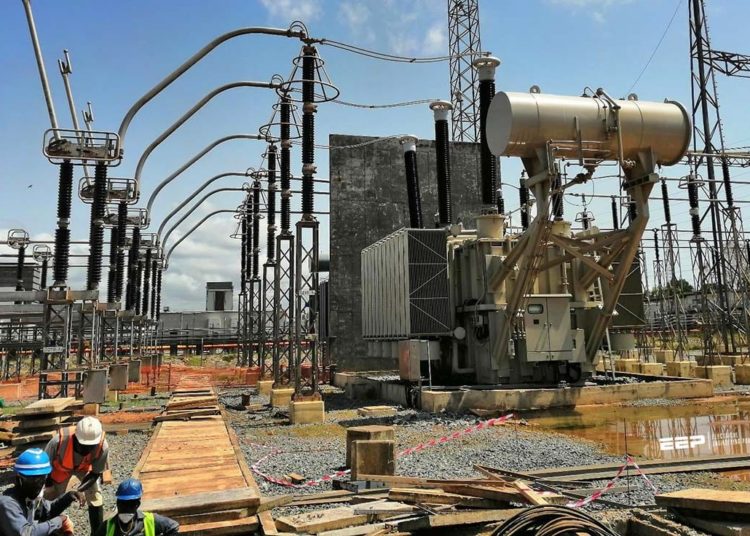There seems to be no respite in the power sector as the National Control Centre (NCC), Osogbo, Osun state, responsible for all Transmission Company of Nigeria (TCN) grid operations monitoring and control within the transmission network, yesterday, instructed some power generation companies to reduce their generation to the national grid from 12 midnight till now.
LEADERSHIP’s findings reveal that the directive became necessary following load rejection by Distribution Companies (DisCos).
Presently, many parts of Lagos have suffered power outage since yesterday.
Confirming this development, the managing director/CEO of Association of Power Generation Companies (APGC), Dr. Joy Ogaji, told our correspondent that the NCC had directed some generation companies to reduce their generation because of too much frequency.
According to her, high frequency means that the electricity generated by the GenCos is much more than what can be taken by the distribution companies. So while generation is high , the distribution infrastructure to get the power to the consumers is grossly inadequate, hence the disconnect.
Ogaji decried that such directives from the NCC had become a regular occurrence for the GenCos, which are forced to cut back on their generation despite inadequate supply of electricity to consumers across the country.
DisCos, he said, are rejecting load which prompted the NCC directive as generated power is no longer utilised
Our sources within the DisCos blame the outage on declining capacity from GenCos due to gas supply constraints.
While Eko Electricity Distribution Company (EKEDC) distanced itself from the situation and declined to comment, Ikeja Electricity Distribution Company’s (IE) spokesman, Felix Ofulue, could not be immediately reached.
LEADERSHIP reports that power sector data suggest that Nigeria has just about 13,000 MW of installed generation capacity, largely dependent on hydropower (water) and thermal (gas) power sources distributed into 12.5 per cent and 87.5 per cent respectively for both sources.
However, of this figure, for years, only 3,500MW to 5,000MW is typically available for onward transmission to the final consumer, with the extensive losses attributable to weak infrastructure and a high occurrence of significant technical and non-technical challenges.





